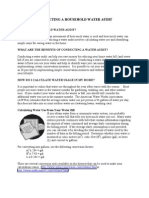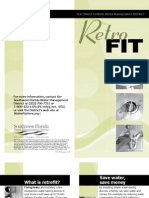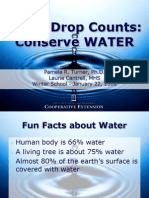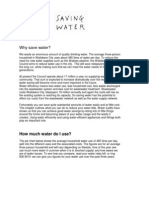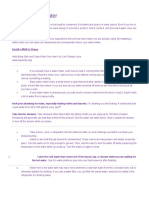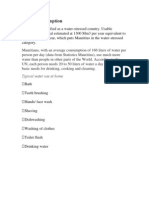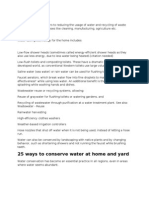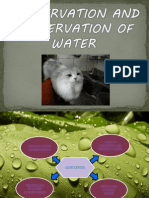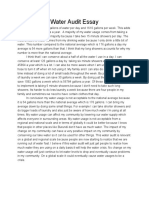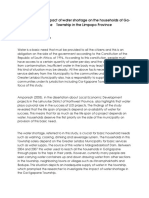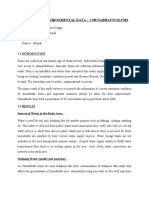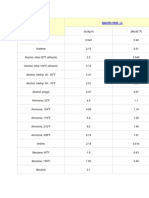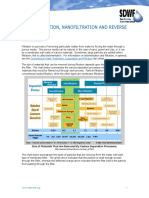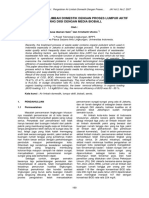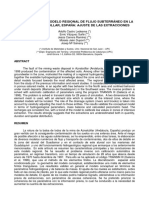0% found this document useful (0 votes)
106 views4 pagesMy Personal Notes For: 101 Ways To Save Money - #2 S Ave Water
The document provides information on ways to save water at home, including reducing usage from toilets, showers, faucets, and other appliances. It estimates that the average person uses 50 gallons of water per day, with the largest amounts going to toilet flushing, bathing, laundry, kitchen use, and cleaning. Specific tips are given to calculate water usage and detect leaks, which can waste significant amounts of water. Installing water-saving devices is recommended to conserve water without changing habits.
Uploaded by
Bck2BasicsCopyright
© Attribution Non-Commercial (BY-NC)
We take content rights seriously. If you suspect this is your content, claim it here.
Available Formats
Download as DOCX or read online on Scribd
0% found this document useful (0 votes)
106 views4 pagesMy Personal Notes For: 101 Ways To Save Money - #2 S Ave Water
The document provides information on ways to save water at home, including reducing usage from toilets, showers, faucets, and other appliances. It estimates that the average person uses 50 gallons of water per day, with the largest amounts going to toilet flushing, bathing, laundry, kitchen use, and cleaning. Specific tips are given to calculate water usage and detect leaks, which can waste significant amounts of water. Installing water-saving devices is recommended to conserve water without changing habits.
Uploaded by
Bck2BasicsCopyright
© Attribution Non-Commercial (BY-NC)
We take content rights seriously. If you suspect this is your content, claim it here.
Available Formats
Download as DOCX or read online on Scribd
/ 4
